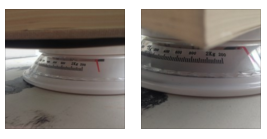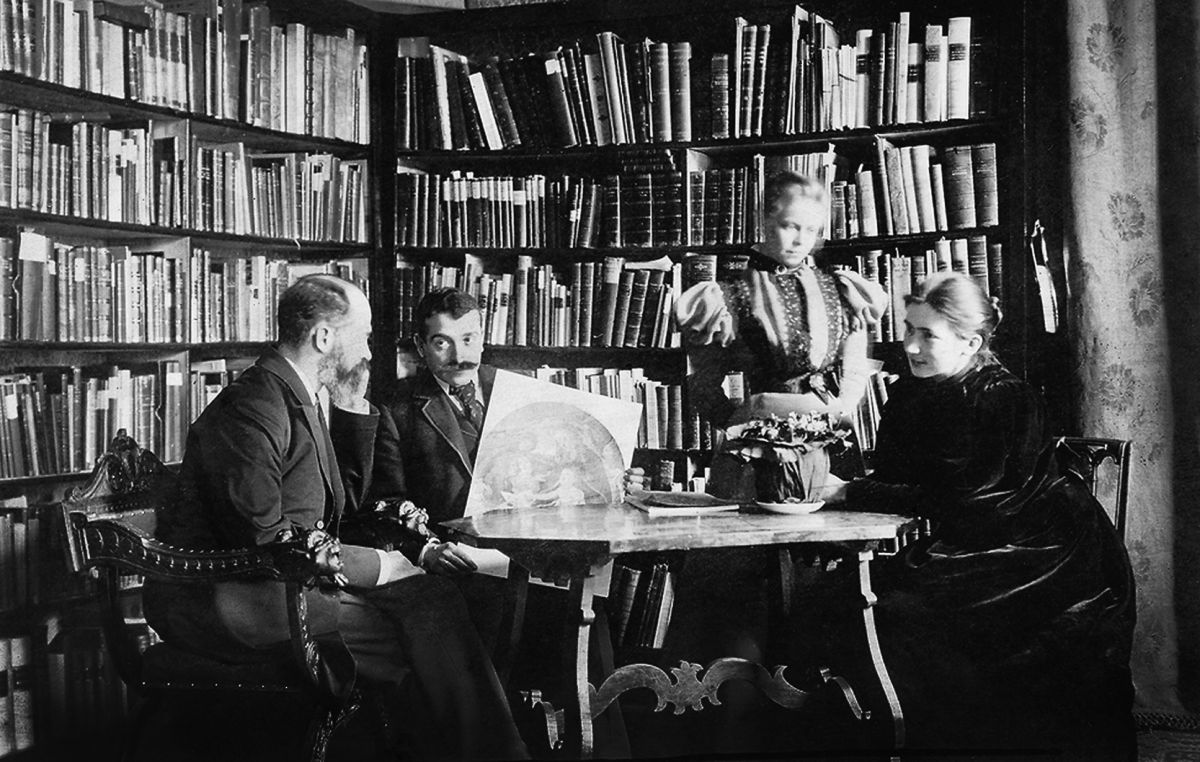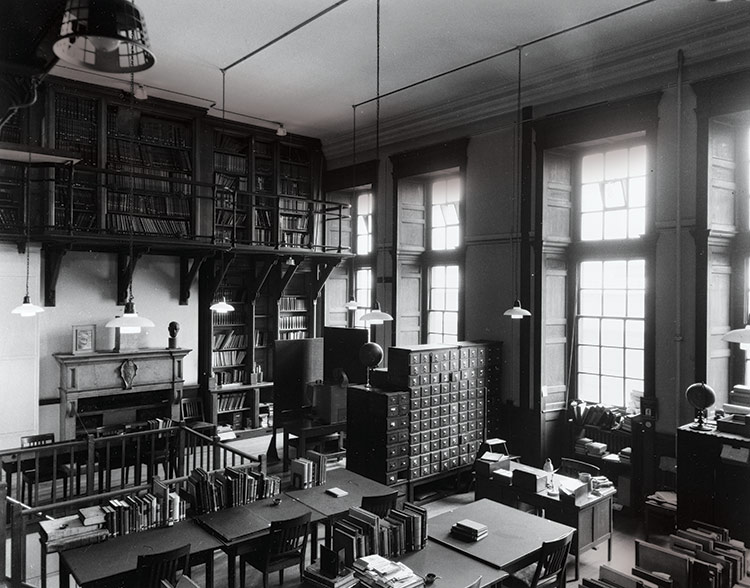Biblioteche- Umberto Eco -
An exerpt of "Umberto Eco, Sulla memoria. Una conversazione in tre parti, 2015"
by Davide Ferrario
I started off this article by working in the library and re-sorting books with my fellow classmates and artists from the rietveld academie’s basisjaar.
The idea of #weightdistrubition all came about from an apartment that I had the pleasure to stay in for a while in Lisbon, Portugal. Inside this apartment, the floor was literally caving in due to too much weight and uneven distribution of it.
So, to resolve such a problem like this –if getting rid of things isn’t an option when it comes to a home, or to your wonderful library– correct distribution of that weight is key. Although it might not be handy to sort a library by any other way of categorization besides an alphabetical one, this is a solution that is more practical to your own home, a place where you know your own books by their covers.
To begin we need to have an idea of how much a book weighs. We can always visually scale a book by looking at its size and the material its cover is made out of, but this can be deceiving as I learned when weighing all the surplus books from the library. There are always books that trick you into thinking they are actually heavy when they, in fact, are very light. amazon.com usually lists weight for each book so there is no need to make calculations if you don’t have a scale, and there is also an actual book weight calculator available at lugaru.com/bookweight.html
The most important thing to take into account when sorting things by weight is where a concentration of weight is and where we can break this down to a spread. So say, if someone has 10 books piled on top of each other the thing to do would be take all the books and lay them down separately next to each other. Sounds simple, right?
After considering weight of the actual objects we’re trying to store, in this case books, the next step is considering, if we actually have a way to store these objects or not, and what we can do to resolve this. Bookshelf sagging is an epidemic in many households, and it’s only a matter of time until a bookshelf will give in if it starts to sag.
Let’s start by examining the floor you’re stepping on – does it seem sturdy or does it seem weak? does it creek when you walk on it or can you jump on it and hear nothing? Odds are that your floor is totally fine and that this is the least of your worries when dealing with heavy books in your own home, this is more of a thing to take into account for an architect or designer when actually designing libraries and shelves. (The fact that basements > attics become often library storage, is not just for fun.)
Let’s move onto the actual bookshelf itself. Bookshelves are not created equal, and they aren’t created to cope with every set of books out there. There are different materials and structures used to make them stronger. Some involve thicker shelving and some involve different bracing, whatever it may be, you want to be able to feel like your books (and your floor) are safe when put away. Although weight distribution is very important when it comes to sorting books, taking the provisional step of actually making sure you have a frame that will absorb that much weight is a necessary precaution.
When it comes to materials, each set of material requires it’s own approach and precaution. Plywood for example, is not recommendable if it’s less than 2cm thick. Attaching bookshelves to walls is a solution that many people opt for at home, but when it comes to heavy books and their correct distribution, is not practical. But for all those that really want to go this route with their books, lumber panels with corbel braces should do the trick. Lumber panels are the strongest wooden shelf material, and they come with the advantage of a high-end wooden appearance. For sturdy free standing bookshelves made for the craziest amount of weight possible, the ideal solution would be heavy duty Dexion shelving, used mainly in palette racking in warehouses. These shelves are available in parts and affordable so a home setup is definitely do-able.
____
All-in-all correct distribution of weight when it comes to bookshelves is key, especially to big collectors and even art aficionado’s, as art history books tend to usually weigh over 2 kilos. For the library we managed to sort during our classes, everything that weighed over 2Kg, such as most of the Documenta catalogues, was destined for the bottom shelf. Then from 1.5Kg to 2Kg, books could be sorted up to the fourth shelf, and so on, until we got to the top shelf, where the lightest books, papers, sheets, photographs and in some cases empty cases with missing catalogues inside could be deposited.
When it comes to a list of aesthetic solutions for sorting books, weight is definitely not included. Weight and its correct distribution is a tool for the practical collectors who have an immense surplus of books (and normally, quite heavy ones). Balancing weight can be key to not damage books, shelves, storage units or even floors in libraries or in your own home. Keeping weight in account is a necessary step for any type of organization when it comes to a space, not only for books, but for everything that needs to be placed somewhere, whether it’s a needle or a tv set. The reason I chose this solution, really came out of my necessity to keep weight in mind when I was staying at this very unstable house with a very unstable floor I referred to before. In my case, the books were other objects, sometimes even more fragile and this was always a lurking dark cloud of a problem that wouldn’t go away unless there was that correct distribution of weight, and actual order in the household’s organization itself (unfortunately not too many dinner parties were held here).




